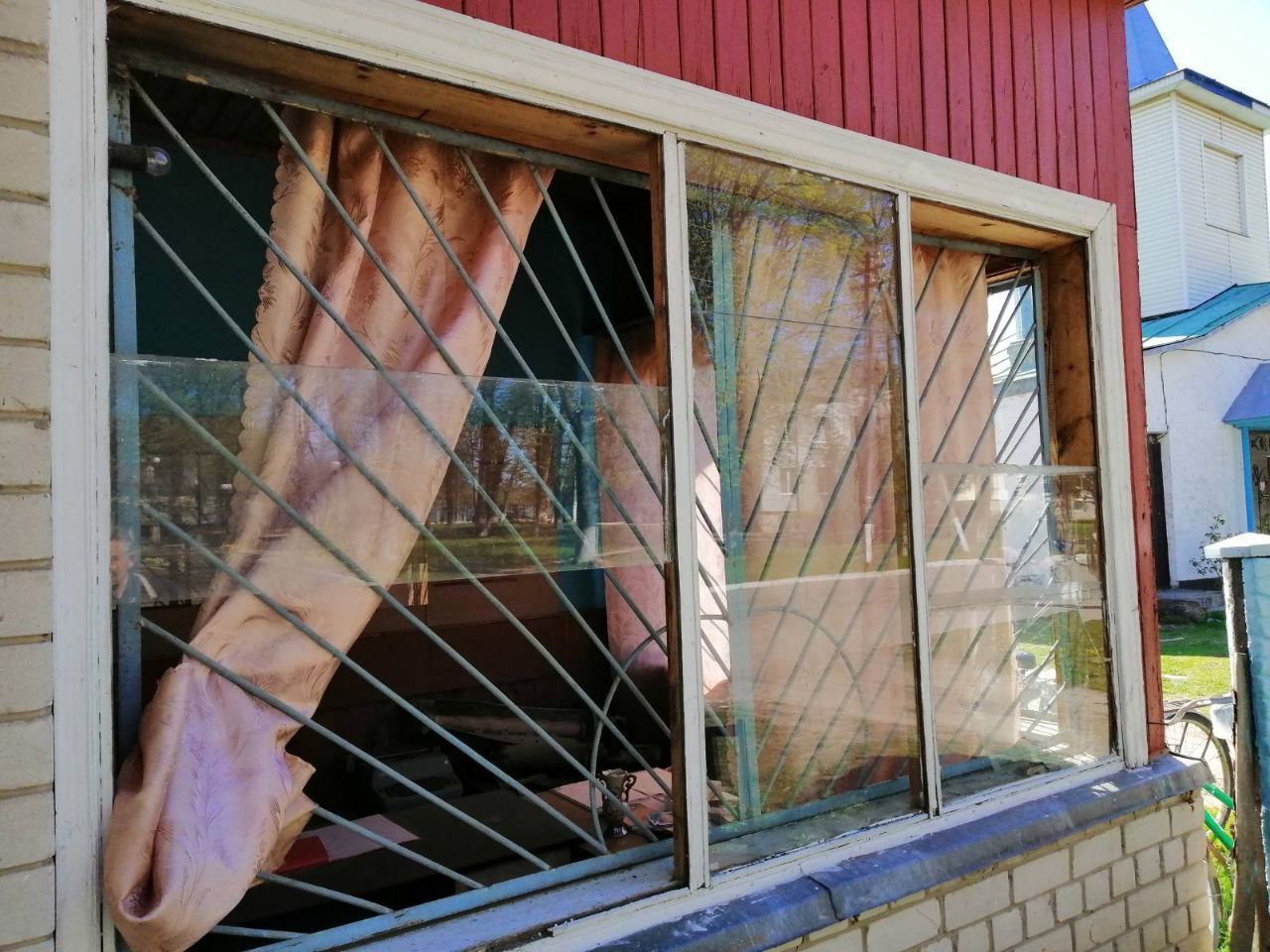Mykhailo-Kotsiubynskyi Museum of History and Local Lore, Chernihiv Region

The employees of the Mykhailo-Kotsiubynskyi Museum of History and Local Lore, to whom the Museum Crisis Center provided financial assistance, told the story of the museum's life during the full-scale russian invasion and occupation.
"In the first days of the war, when we heard isolated shots and explosions, we, the museum staff, had no idea and could hardly believe that the worst had begun. But we had a bad feeling. The day before the troops invaded our village, we managed to take the battle flag and photos of ATO soldiers from the museum. Then, later, we buried it in a glass jar because it was extremely dangerous to keep it at home.
When the aggressors' troops came in early in the morning, they were driving with red flags, and we were hiding in cellars and basements.
There was a strong sense of danger and a lack of understanding of the situation. No one thought they would just drive into the village. We could hear gunshots, the rumble of cars, and the stinking smoke of burnt diesel fuel. The occupants looted and vandalized grocery stores on the first day of the occupation. Of course, none of the employees could enter the museum.
The occupiers first looted all the shops and shot at the windows. They broke into the museum like wild animals, smashing windows and vandalizing the exhibition of ATO soldiers. It's a good thing there were no photos, as this could have endangered the relatives of the ATO soldiers. They also vandalized an old handmade mill in the exposition of old household items.
When the museum director wanted to come to the museum a few days later to check it out and ask the occupiers not to occupy the museum because there was nothing of value there, they put him against the wall and threatened him with a machine gun.
There was no electricity, no communication. There was no way to find out anything about the situation in the village. Later it turned out that three people from the village had disappeared, and their fate was unknown. There were reports of robberies and threats to the villagers. There was no water, nowhere to buy food, people survived as best they could, sharing food with each other. They were afraid to leave the yard, so they walked through the ditch, because everything was overgrown with bushes and heavy machinery would not have come.
When the occupiers finally fled the village, they were taking looted goods-bicycles, armchairs, and goods-in tanks and military vehicles. The museum was in a state of disrepair. Broken windows, broken doors, a mess inside."
P.S. We publish the stories of our fellow museum workers with their permission, and only when they believe that there is no threat to their lives and the lives of their loved ones.



